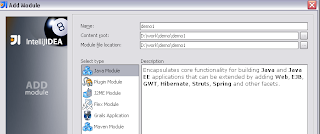How to decompile apk from Play Store
This is how you can decompile an application you have installed on your phone. My phone is rooted, uses RootBox 3.5 and has BusyBox installed. You may need to have that too if you want to follow my steps completly. Let's start: 1. Install application from market 2. Download apk to computer First you need to locate the apk on the phone. Connect to the phone: adb shell Find the apk in the folder the apk are downloaded to. It is ussualy in '/data/app/' or '/system/app/'. The apk is called as the id from the Play Store, for example 'com.something.someapp.apk'. You can see this in the url from Play. Next you need to pull it to the computer. Once you have located the apk and know it's name exit adb. On your PC execute: adb pull /data/app/com.something.someapp.apk 3. Transform apk to jar I use dex2jar dex2jar-0.0.9.11/d2j-dex2jar.sh com.something.someapp.apk 4. See the code inside the jar I use Java Decompiler Just open the ...

